Moved to @Crul@lemm.ee
- 59 Posts
- 149 Comments

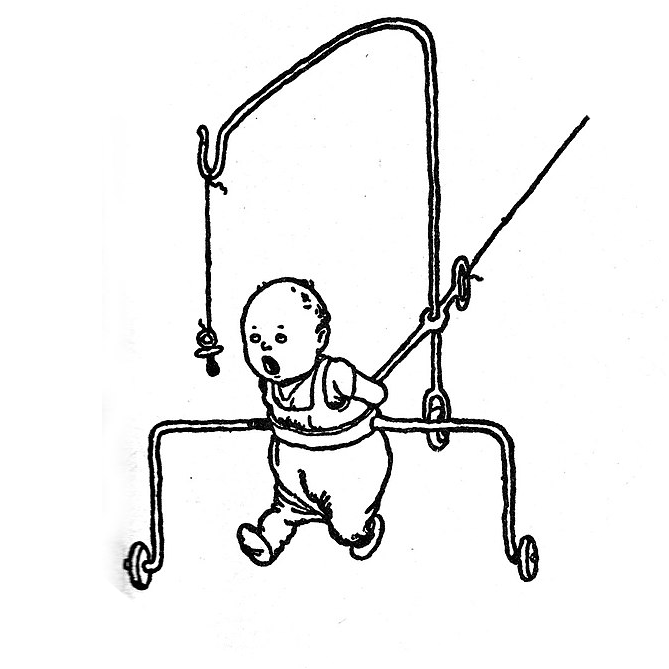 961·11 months ago
961·11 months agoFrom (Spanish) Las salpas, las extrañas criaturas que llenan las playas de Málaga
estos invertebrados no tienen nada que ver con las medusas, por lo que no son urticantes, (…)
“Son el paso intermedio entre los invertebrados y los vertebrados, puesto que tienen una primitiva columna, y forman parte del plancton, la sopa marina que es la base de la cadena alimenticia en el mar”, ha manifestado.
These invertebrates have nothing to do with jellyfish, so they are not stinging, (…)
“They are the intermediate step between invertebrates and vertebrates, since they have a primitive column, and they are part of plankton, the marine soup that is the base of the food chain in the sea,” he said.
Also on their website: Saturday Morning Breakfast Cereal - LLM
Hover text: Best you can do with cosmos-3.5 is get a universe that’s classical at low speeds.
RSS Feed: https://www.smbc-comics.com/comic/rss
Also on their website: Saturday Morning Breakfast Cereal - LLM
Hover text: Best you can do with cosmos-3.5 is get a universe that’s classical at low speeds.
RSS Feed: https://www.smbc-comics.com/comic/rss
By the way, both links in your post lead to two different Spanish editions, mine is the one from the second link.
Thanks… I must have had a brain fart. I don’t know why I though it was a German edition, probably the font (facepalm).
Fixed!

 2·1 year ago
2·1 year agoAwesome! Thank you very much for the heads up.
It seems to be working perfectly, even with videos. This is great!

 1·1 year ago
1·1 year agodeleted by creator
Also on Webtoons:
https://www.webtoons.com/en/challenge/system32comics/list?title_no=235074Which has RSS feed:
https://www.webtoons.com/en/challenge/system32comics/rss?title_no=235074

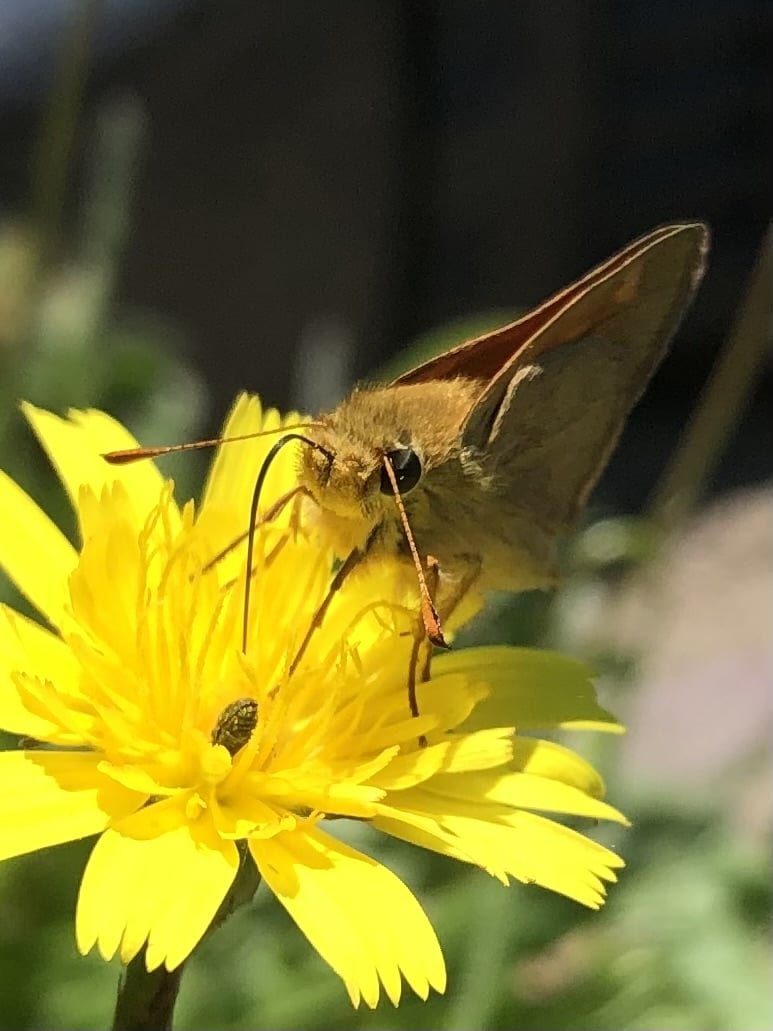 3·1 year ago
3·1 year agoI thought you were Melvyn Yeo… then I looked at the picture :)

 3·1 year ago
3·1 year agoFrom the description:
Taken at night in Singapore forest.
Quote from https://www.deviantart.com/users/outgoing?https://en.wikipedia.org/wiki/Jumping_spider Jumping spiders are among the easiest to distinguish from similar spider families because of the shape of the cephalothorax and their eye patterns. The families closest to Salticidae in general appearance are the Corinnidae (distinguished also by prominent spines on the back four legs), the Oxyopidae (the lynx spiders, distinguished by very prominent spines on all legs), and the Thomisidae (the crab spiders, distinguished by their front four legs, which are very long and powerful). None of these families however, has eyes that resemble those of the Salticidae. Conversely, the legs of jumping spiders are not covered with any very prominent spines. Their front four legs generally are larger than the hind four, but not as dramatically so as those of the crab spiders, nor are they held in the outstretched-arms attitude characteristic of the Thomisidae.[3] In spite of the length of their front legs, Salticidae depend on their rear legs for jumping. The generally larger front legs are used partly to assist in grasping prey,[4] and in some species, the front legs and pedipalps are used in species-recognition signalling.
The jumping spiders, unlike the other families, have faces that are roughly rectangular surfaces perpendicular to their direction of motion. In effect this means that their forward-looking, anterior eyes are on “flat faces”, as shown in the photographs. Their eye pattern is the clearest single identifying characteristic. They have eight eyes, as illustrated.[3][4] Most diagnostic are the front row of four eyes, in which the anterior median pair are more dramatically prominent than any other spider eyes apart from the posterior median eyes of the Deinopidae. There is, however, a radical functional difference between the major (AME) eyes of Salticidae and the major (PME) eyes of the Deinopidae; the large posterior eyes of Deinopidae are adapted mainly to vision in dim light, whereas the large anterior eyes of Salticidae are adapted to detailed, three-dimensional vision for purposes of estimating the range, direction, and nature of potential prey, permitting the spider to direct its attacking leaps with great precision. The anterior lateral eyes, though large, are smaller than the AME and provide a wider forward field of vision.
The rear row of four eyes may be described as strongly bent, or as being rearranged into two rows, with two large posterior lateral eyes furthest back. They serve for lateral vision. The posterior median eyes also have been shifted out laterally, almost as far as the posterior lateral eyes. They are usually much smaller than the posterior lateral eyes and there is doubt about whether they are at all functional in many species.
The body length of jumping spiders generally range from 1 to 25 mm (0.04–0.98 in).[3][5] The largest is Hyllus giganteus,[5] while other genera with relatively large species include Phidippus, Philaeus and Plexippus.[6]
In addition to using their silk for safety lines while jumping, they also build silken “pup tents”, where they shelter from bad weather and sleep at night. They molt within these shelters, build and store egg cases within them, and also spend the winter in them.[7]

 4·1 year ago
4·1 year agoFYI: I use this usercript to block whole instances: https://greasyfork.org/en/scripts/469297-block-lemmy-instances
You need to edit line 17Here adapted to work also with MLMYM (https://old.lemmy.world): https://pastebin.com/z0mShfDP

 14·1 year ago
14·1 year agoFYI: I use this usercript to block whole instances: https://greasyfork.org/en/scripts/469297-block-lemmy-instances
You need to edit line 17Here adapted to work also with MLMYM (https://old.lemmy.world): https://pastebin.com/z0mShfDP

 5·1 year ago
5·1 year agoAFAIK that would be ok, a lot of subreddits don’t even require the posts to be approved, so that would be the same as setting your sub to not require approving and posting to it with a different account.
I was never downvoted on Reddit as hastily as I am on Lemmy.
Note that, unlike reddit, lemmy shows negative vote values. So it may seem a bit more dramatic compared to reddit.

 6·1 year ago
6·1 year agoSadly, that also hides all your own posts, even from your profile page. Which is invonvenient if you also want to keep an eye on them.
FYI: Image previews for URLs with query params (the symbol ‘?’ and what comes after) do not work on some frontends (like mlmym / old.lemmy.world).
Agree! that’s what I’ve been doing: Trying to build critical mass for small communities : fediverse

 4·1 year ago
4·1 year agoI can only assume it was an engineering challenge of some sort?
I would say so, James Bruton has some videos of the type “let’s see what happens if I try this very impractical idea”.
There’s be zero use for it as it’s presented,
Agree. For me, the fun part is that it’s not a 100% fail :D.

 3·1 year ago
3·1 year agoSorry for the confussion, I did not create any of those communities. I’m just trying to help them grow. I will edit the post to make it clearer.
Sources:
- Tumblr: Sarah’s Scribbles - link for those on old.lemmy.world: https://sarahcandersen.com/post/724823780897243136 *
- WebToons: August
- Tapas Comics August
* I think the bug is fixed for future versions.


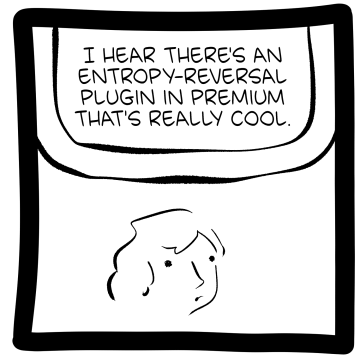




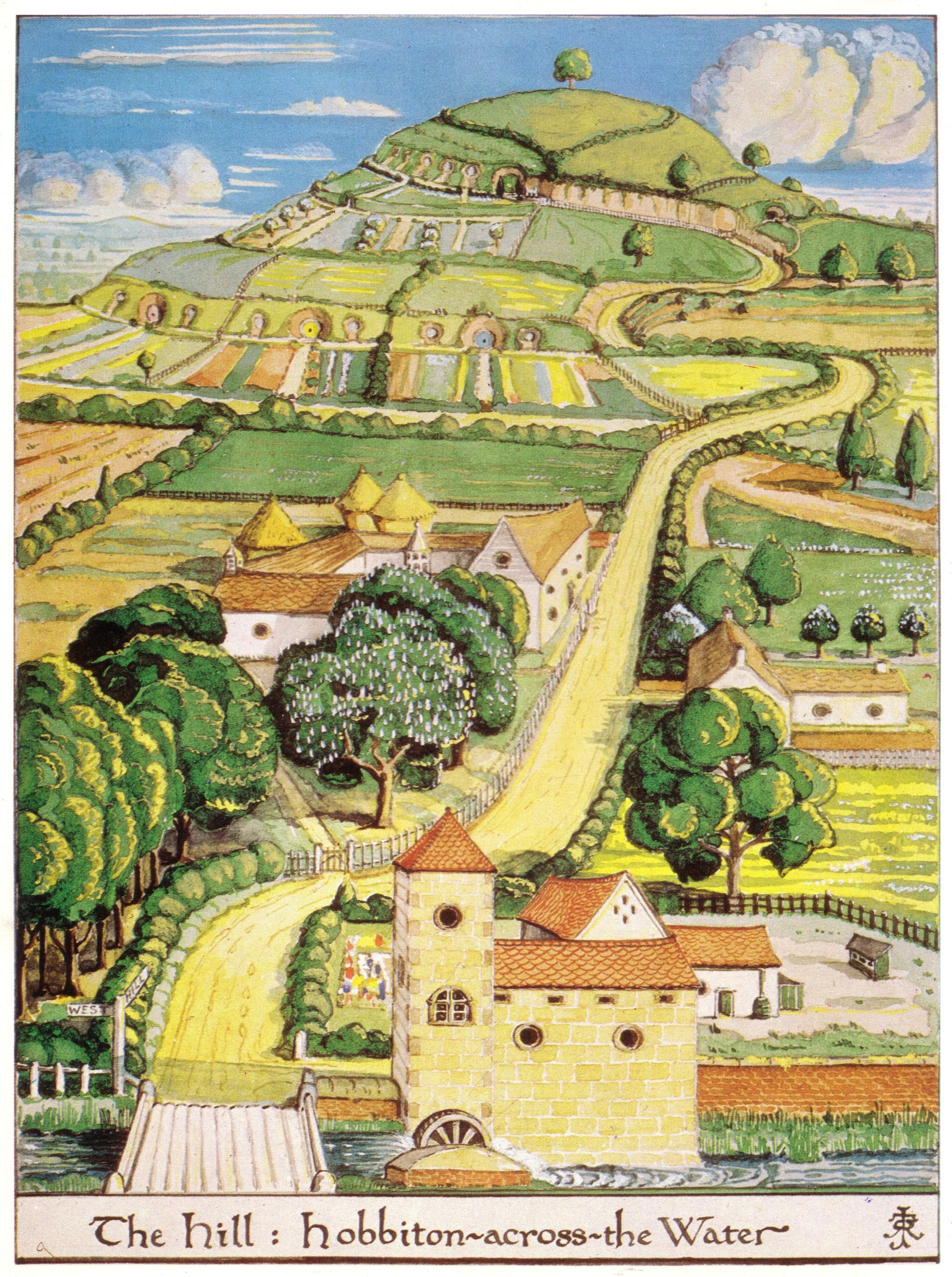

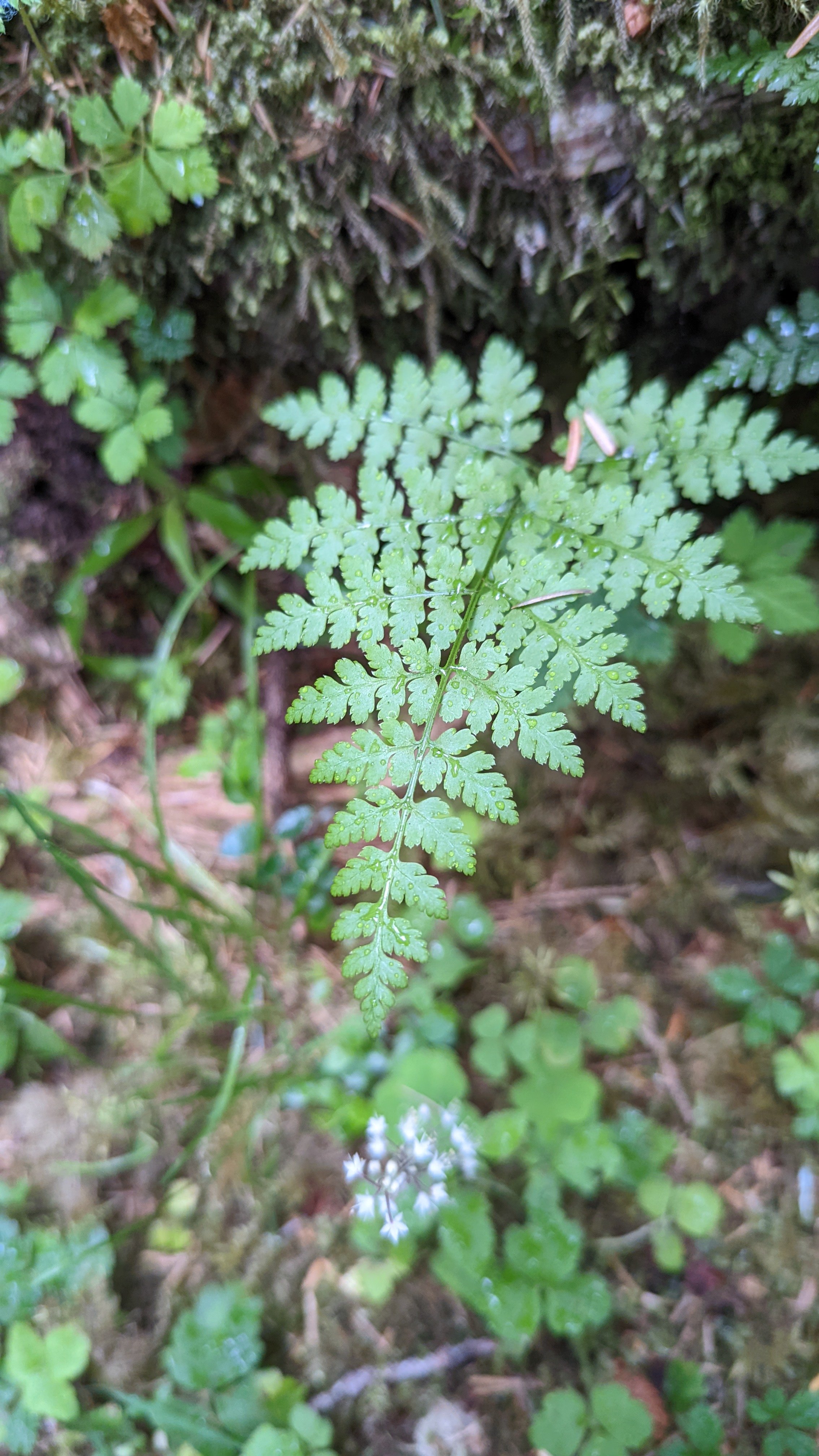

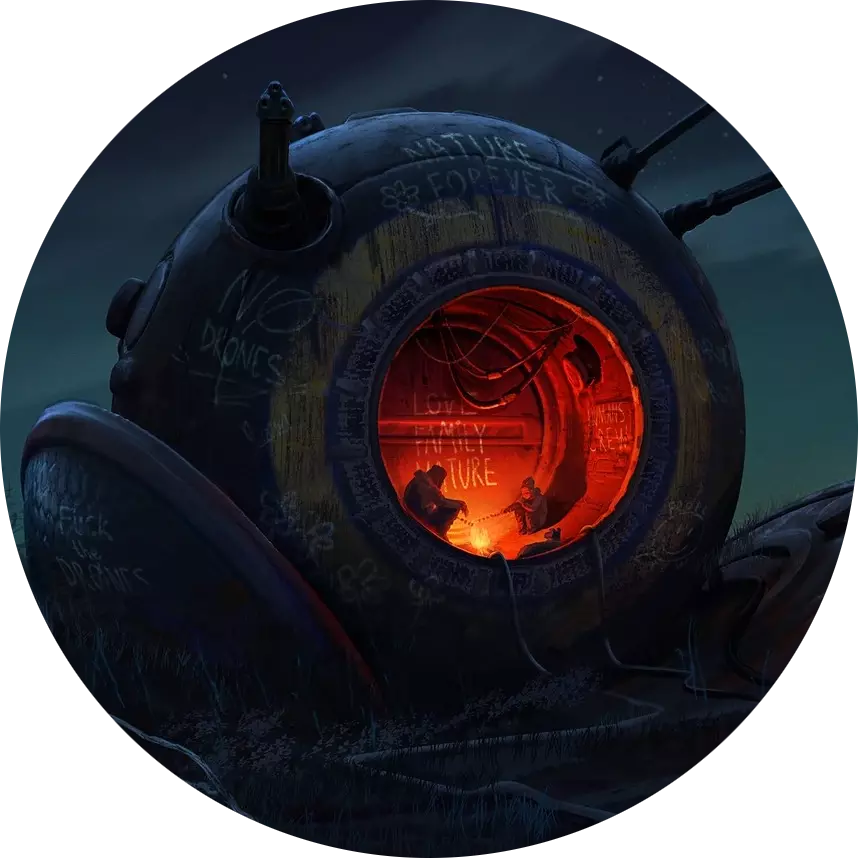





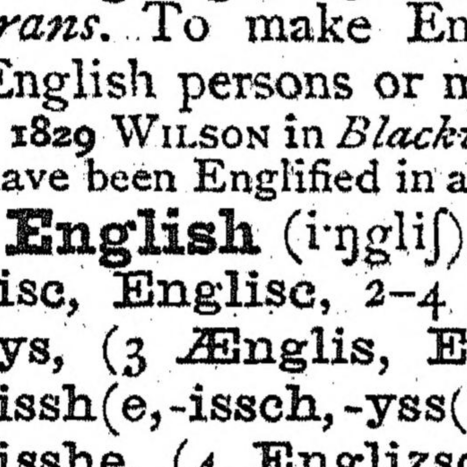

Source: Socks and Puppets, the comic » 779 – Summoning Ray
If I’m not mistaken: @ahdok@ttrpg.network
RSS Feed: https://comicpress.socksandpuppets.com/feed/